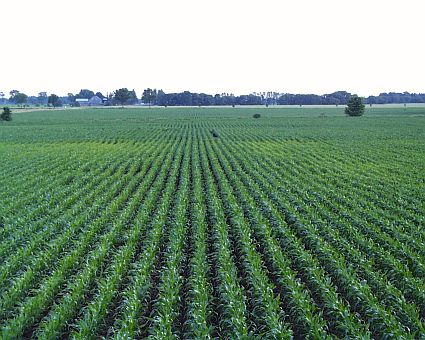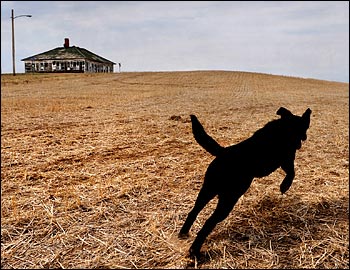(NaturalNews) A recent study conducted by researchers at Stanford University has revealed that ethanol fuel produces more ozone that regular gasoline. When ethanol is burned through combustion, it produces emissions that are substantially higher than gasoline in aldehydes, the carcinogenic precursors to ozone.
Much of the fuel dispensed at pumps in America today is a blend of both ethanol and gasoline. E85, a typical gasoline blend that is 85 percent ethanol, was found to emit more ozone pollutants than gasoline, especially during warm, sunny days. Diana Ginnebaugh, a doctoral candidate who worked on the study, explained that even on cold days when ozone is typically not a problem, E85 could result in problematic levels of ozone.
When a car is first started on a cold day, it takes the catalytic converter a few minutes to warm up in order to reach maximum efficiency. During the warmup period, the highest proportion of pollutants escape the car’s tailpipe, resulting in increased pollution. According to Ginnebaugh, even a slight increase in pollutants could cause places like Los Angeles and Denver, cities that already have smog problems, to have significantly more days when ozone limits are exceeded and public health is at risk.
E85 emissions contain several other different pollutants including ones that cause throat and eye irritation and lung problems. Crop damage may also occur from the aldehydes emitted from the burning of ethanol. In the worst-case scenario, E85 was found to potentially add 39 parts per billion more ozone into the air a day than normal gasoline.
Read moreStanford University: Ethanol burns dirtier than gasoline


